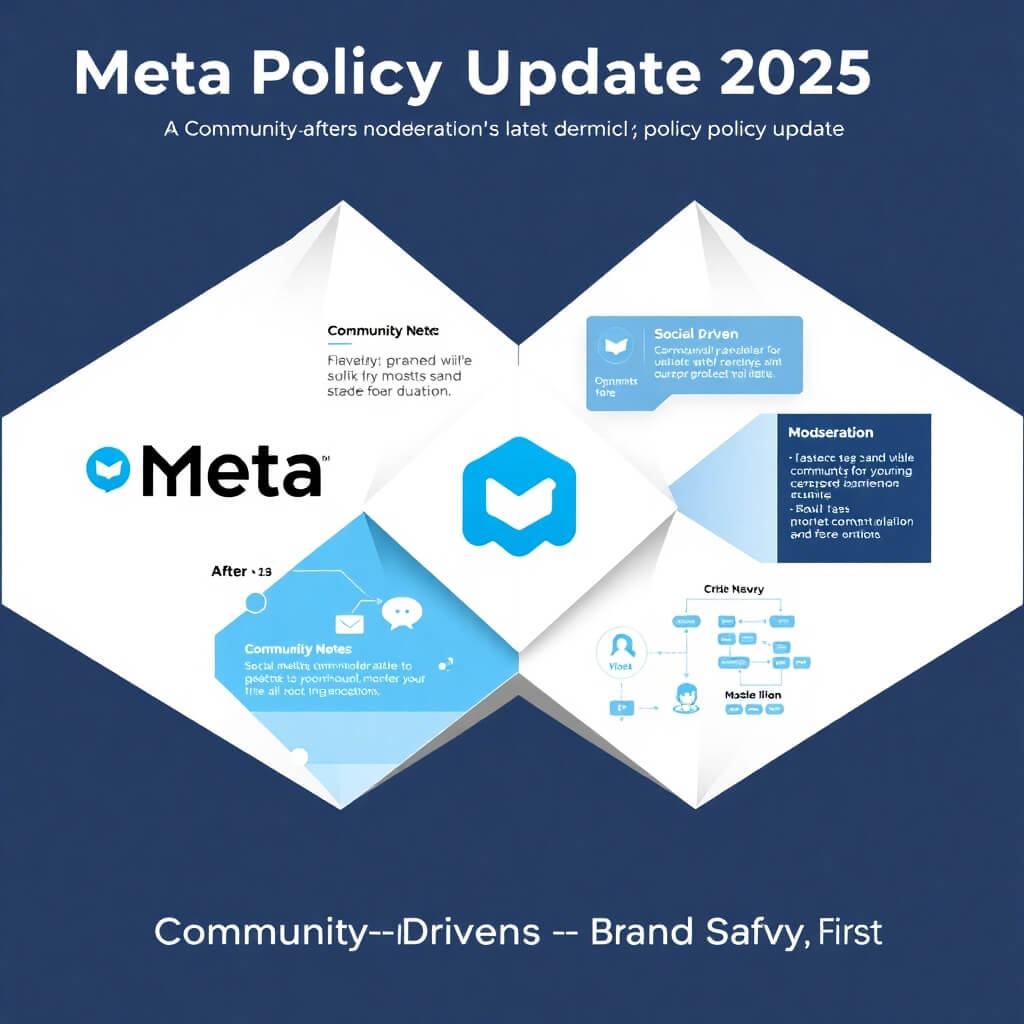Yesterday, Facebook announced the introduction of community pages. The introduction of this new category is an attempt to distinguish between pages that represent a brand or organization and pages created to unite fans around a favorite cause or topic.
Before this launch, pages like “Walking the wrong way on escalators,” “Saturdays” and “I bet this pickle can get more fans than Nickelback” required constant monitoring by Facebook staff to make ensure that the administrators of popular pages were not spamming fans.
Now, once a community page has earned a certain number of fans (“thousands”), their administrators will be stripped of their publishing rights and the maintenance of the page will be in the hands of the Facebook community. With this transition, community pages will now be similar to wiki sites, like Ning, that allow all members the same posting rights.
While the introduction of community pages decreases the amount of time Facebook staff needs to spend monitoring pages, will the distinction be an easy transition for Facebook users? Users must now distinguish between pages, groups, profiles and community pages before creating a place for a shared community on the social networking site. The differences between these pages must be clearly defined by Facebook in an attempt to delineate between official brands and shared interests, while still maintaining a relatively low entry threshold into page creation.





